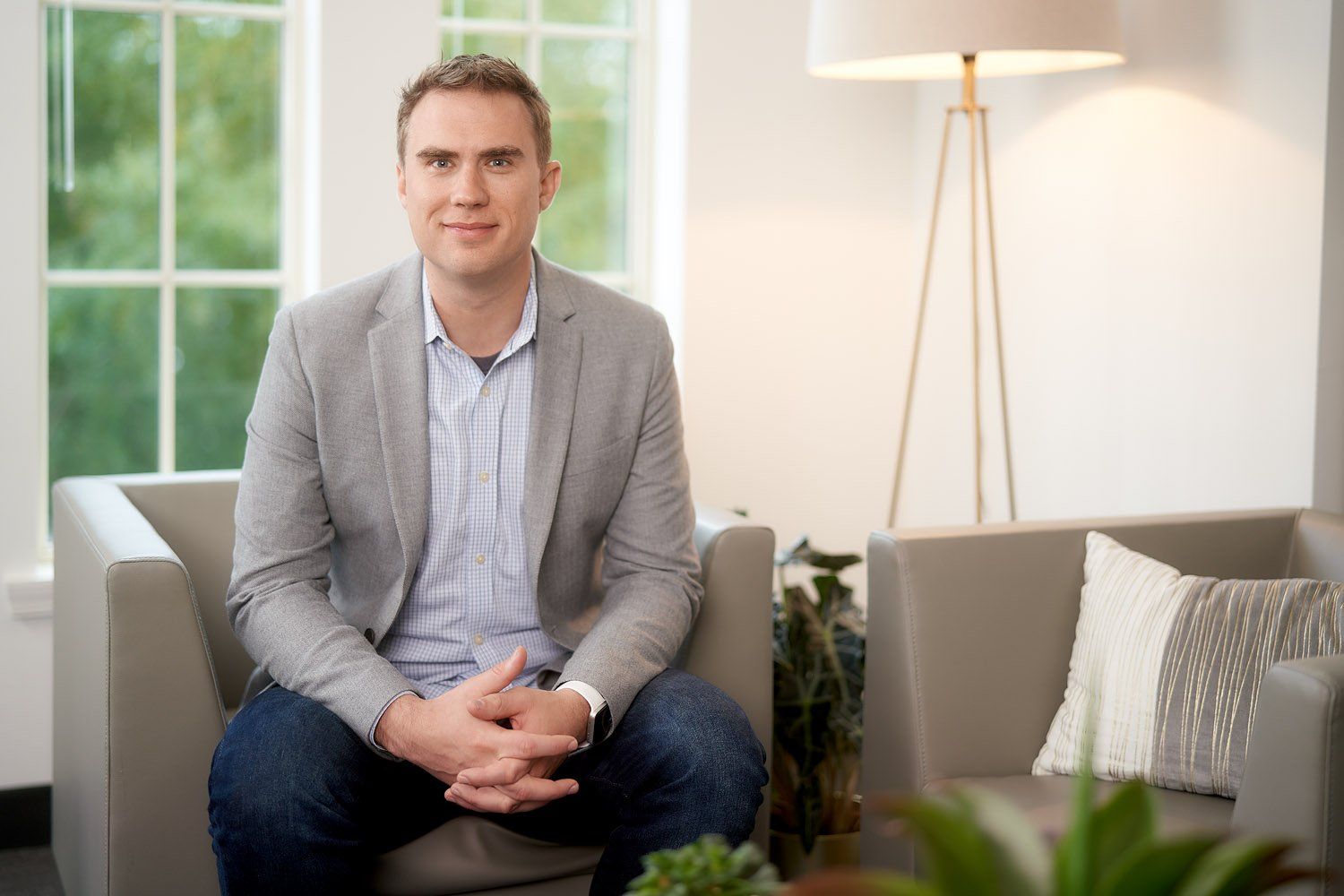ByLarry Hipp, Brightwell
The efficiency and anytime, anywhereavailability of the digital economy is something we’ve come to expect in theWestern world. We easily transfer funds between accounts, deposit checks usingour smartphones and split the bill at dinner with an app and a few emojis.However, that perception of fintech isn’t universal. In developing countries, acash-based economy is often the norm and fintech is new, if not unchartedterritory.
An opportunityfor inclusivity
Fintech isn’t just about convenience, it’s also about inclusivity. Today, there are 2 billion unbanked people in the world. The opportunity for fintech to bring great freedom to those people is evidenced by the $57.9 billion in funding fintech companies secured in the first half of 2018 alone. With so many companies focused on bringing financial technology to market for consumers, it’s important to remember fintech’s potential to change lives around the globe.
If you’re thinking about developing a fintech product or are already down the path, you probably know that successfully building products for global users who span different cultures, languages and comfort levels with technology isn’t a simple task. At Brightwell, we’ve learned a lot in our journey to help global migrant workers get paid and better manage, spend and share their money safely. We’ve discovered the smartest path to creating a fintech solution that meets the regulatory requirements of multiple countries, crosses language barriers and addresses the unique needs of multiple nationalities and economies. It takes considerations that go far beyond tech specifications.

One sizedoesn’t fit all
When building a truly global financialproduct, a “one size fits all” approach will fail every time. You have toconsider behavioral, cultural and socio-economic differences across thegeographies you plan to serve. Designing onesimple and intuitive product that covers as much of the financial spectrum aspossible is not easy. It requires research, an enormous amount of listening towhat people need and a true understanding of the macroeconomic circumstances ofthe cultures and people who will use your product.
When building our mobile app, we knew that77 percent of Filipino adults are unbanked. In the Philippines, a deeply rootedand pervasive culture of migration has made moving abroad a common and evendesirable option for earning income. For decades, sizeable numbers of Filipinoshave left home in search of permanent settlement or temporary work overseas.Today, more than 10 million Filipinos are working and/or living abroad. Many ofthem work on cruise ships and need a way to send cash home to loved ones whomight not have money otherwise. While it was important to give our Filipinousers the ability to send money home, it was critical that their loved onescould pick up those funds in [1]cash. Without this option,our solution would be irrelevant to a very large segment of our users.
If you’re truly designing software for aglobal audience, you can’t approach it from the perspective of Western culture.The Western experience of how money works does not translate to other parts ofthe world. Being successful means getting out and seeing firsthand how moneyworks in the geographies you want to serve. Ask questions and immerse yourselfin the culture.
Other tips for building a global fintechproduct that encourages inclusion:
- Hiresomeone who is passionate and well versed in the socioeconomic challenges ofthe markets you plan to reach.
- Reviewsimilar products in the marketplaces you plan to pursue to understand whatworks, what doesn’t and how users interact with them.
- Study humanbehavior. At Brightwell, we send employees on cruise ships to meet with our endusers and interact with them face-to-face. This gives our employees a realconnection to the work we do and helps us understand how we can adjust, improveand shift to best meet the needs of crew members.
- Test anditerate quickly. For example, we learn by conductingsurveys and interviews and follow a lean startup methodology, working in Agileand Scrum to help uncover and quickly address opportunities.
- Understandthat not every user will have the same comfort level with technology. When youbuild a solution for a global audience, it needs to be intuitive. Creatingsomething simple and easy to use will meet the needs of users who are lesscomfortable with fintech and also those who are more experienced.
- Take timeto understand the meaning of colors and words in the different markets youserve. You’ve probably heard one of the most famous of translation fails – theChevy Nova which translated to “Won’t Go” in Spanish. Well, that one is anurban myth, but take a look at this long list ofreal fails. An understanding of language and colors is essential when creatinga product for use in other countries. For example, the color red has a meaningof good luck in China but in South Africa, it is the color of mourning.
- Make sureyour marketing and product teams are closely aligned. Marketing is building a story about the features the productteam is creating. Their goal is to communicate to a level that ensures a userunderstands the product, while the product team is aiming for simplicity andquickly bringing new features/products to market.
- Considercolloquialisms and bring local, authentic words, phrases and elements tomarketing. Doing this requires you to take the time to understand the differentcultures and people in the geographies you hope will use your product.
- Inclusionrequires education. A big part of bringing the convenience and control thatcome with fintech is educating end users who may be less comfortable withfintech and helping them better understand it. For example, at Brightwell we create materials to help our end users plan budgets, review optionsto decide what is best for them and their family and provide savings tips.
The bottom line: ifyou build a product through the lens of the Western world, you’re settingyourself up for failure. Fintech is changing lives but bringing a life changingproduct to markets across the globe isn’t done overnight. There is no quickfix. If you put in the effort and truly care about understanding the people onthe other end of your product, you’ll not only be more likely to succeed,you’ll be doing something positive for people around the world.
About the Author:
LarryHipp is the chief operating officer for Brightwell, a fintech company that helps globalworkers get paid, as well as send and spend money safely and easily worldwide.
[1]http://nine.cnnphilippines.com/business/2018/07/11/2017-financial-inclusion-survey-bsp.html












